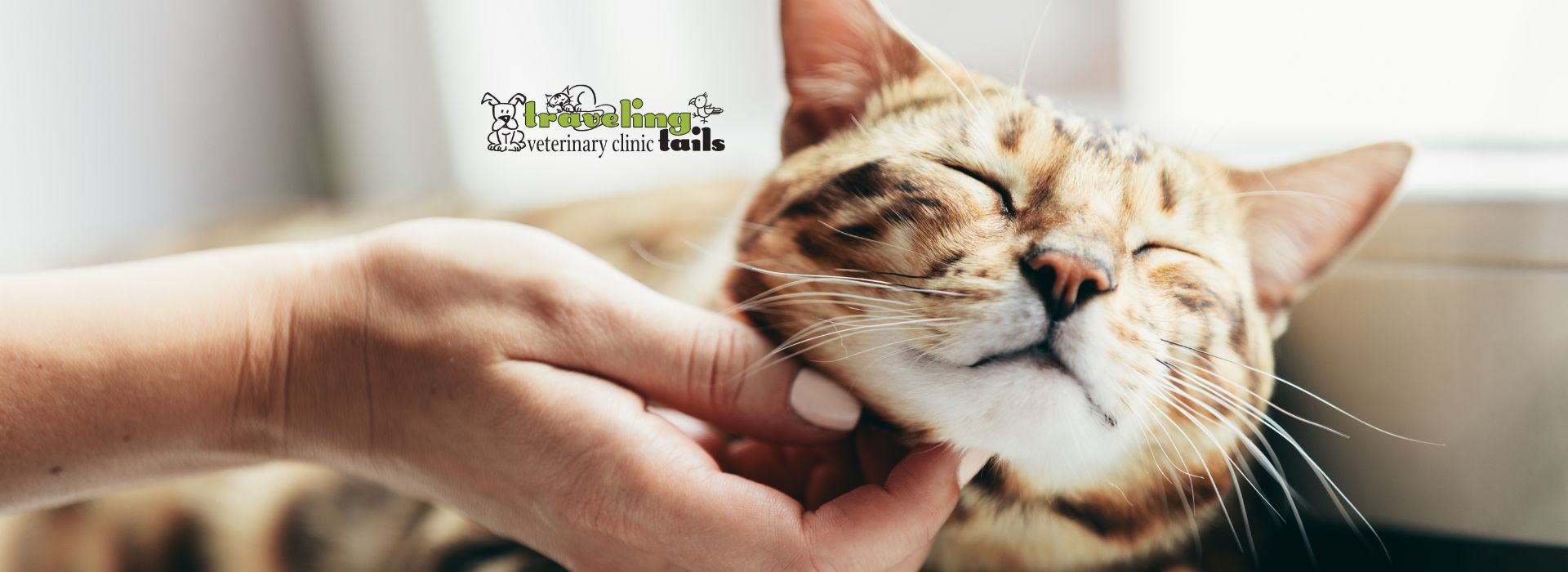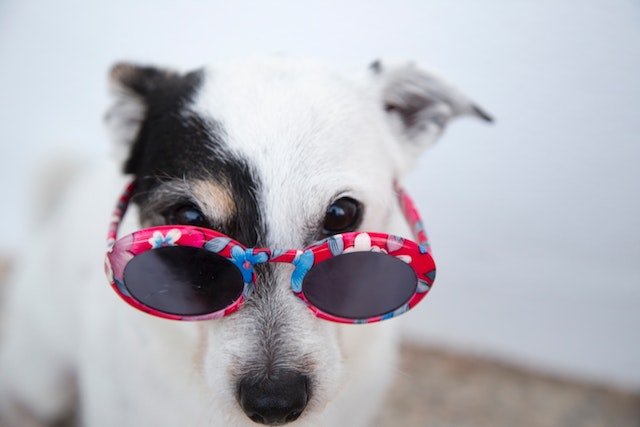Generally speaking, when a cat purrs, it means that it’s happy. It may mean that the cat is happy because of something that it’s seeing, hearing, or even feeling. It may also mean that the cat is happy because it’s getting a lot of attention from humans.
The communication mechanism between a kitten and a mother cat
Several visual and tactile signals are used by cats to communicate. These include body postures, facial expressions, and the use of objects. They are also able to produce about 100 different vocalizations.
Most people consider a cat’s purr to be a way to express affection, but it is also used to ask for food or comfort. In addition, a purr can be a way to conceal a cry. It has also been described as the feline equivalent of a smile.
Pheromones are chemicals produced by cats to send messages to other cats. These pheromones are released from special glands around the cats’ bodies.
The pheromones are then transferred to an object and interpreted by the cat. When the cat detects pheromones, it will open its mouth and pull back its lips. These pheromones are also released from the underside of the cat’s paws.
Aside from the pheromones, a cat’s nose, eyes, and tail are also used for communication. The tail is held high or low when a cat is happy or unhappy. It can also be moved across the body as part of a quivering motion when a cat greets its owner.
Sign of contentment
Keeping a close eye on your feline friend is a great way to know if it is happy. Cats have a vast array of feelings and use different body language to convey their emotions. Luckily, there are many common signs your cat is feeling contented.
One of the most common ways cats express happiness is through purring. They may purr to let you know they are interested in what you are doing or to warn you not to do something. They also purr to self-medicate.
The purring is usually accompanied by kneading. This is a throwback to when kittens kneaded on their mothers. Often, a cat will purr when it is nursing a baby.
Another sign of contentment is a tail hook. A cat will make a slight quiver when lying in the sun. They will also hold their whiskers slightly forward. The tail may not be tucked under their body, or they may wiggle their paws.
Self-soothing or healing
During times of stress or pain, a cat may purr to self-soothe or heal. This behavior is also associated with contentment. It can also be used to alert owners that a sick cat is ready for a visit to the vet.
The frequency of a purring cat’s purr has been shown to help heal broken bones, tendons, and muscles. This is because the frequency of a cat’s purr is similar to the frequencies that are used for healing in human medicine.
These frequencies are also believed to be important in wound healing. Since cats are known for their ability to heal quickly from fractures and breakages, a cat purr may help with the healing process.
The frequency of a purr’s vibrations is also thought to increase the number of natural anti-inflammatory compounds in the body. This helps reduce swelling and improve flexibility. These frequencies are also important in bone development.
When a cat purrs, it can also help soothe respiratory distress related to heart disease. This is because the low-frequency vibrations of a purr can stimulate tissues to regenerate in response to pressure.
Sign of submission
Besides being a soothing lullaby, cat purrs may be a sign of submission in cats. Some behaviorists believe that purring is a way for a cat to communicate its feelings and needs. However, there are a number of other reasons why a cat might purr, including sickness, stress, and anxiety.
Some cats use their purrs to request food from their owners. They may also purr to ask for attention, especially at three months of age.
Some cats may use their purrs to call attention to themselves or to let other cats know that they’re not a threat. These sounds can also be used to soothe a cat after a fight, injury, or other stressful situation.
Other cats might purr in deference to a cat in charge. They will be less likely to attack a person or another cat in this way.
Sometimes a cat will roll on the floor when it’s feeling defensive or uncomfortable. This is a natural behavior. When they’re feeling affectionate, they will walk into a lap and lean into it.


